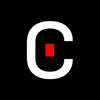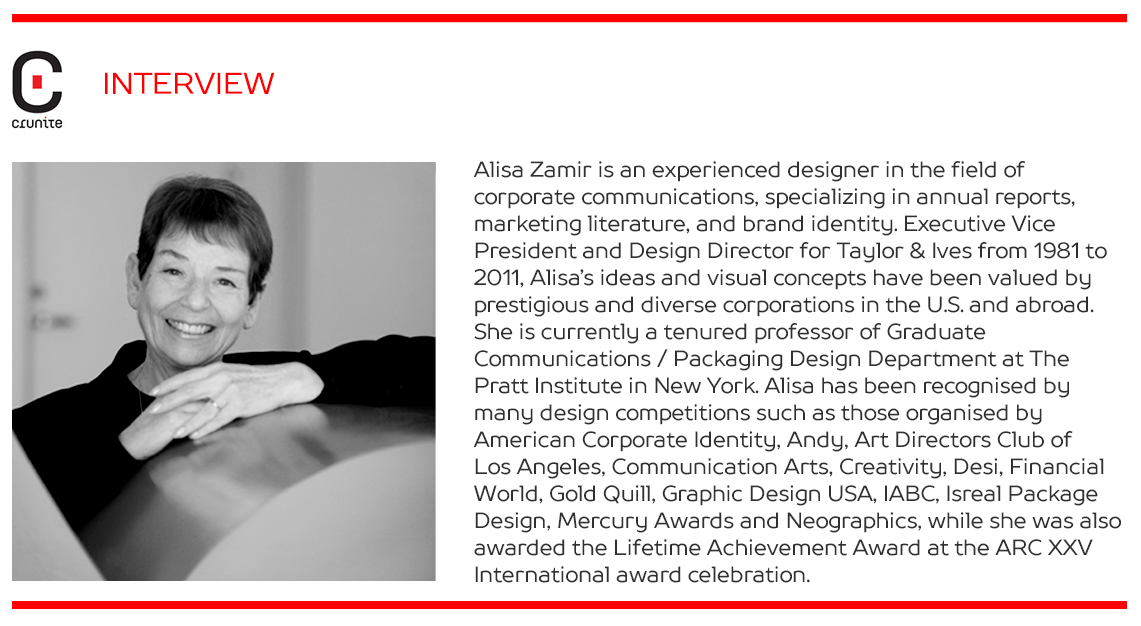

I started my career and continue to practice in creating corporate identities, branding, and packaging design for many well-known companies and institution in the USA and abroad. In addition, I continue to teach these subjects at the Graduate Communication and Packaging Design Department at Pratt Institute.
The first two decades of my career I never worked on an Annual Report (AR). In fact, my first encounter with the AR industry was when I first came to New York and worked at the Fujita Design firm, which designed Annual Reports for some of the big and prestigious companies the world over.
The challenge was to identify how the reader might better interact with the AR and how to create an impactful and memorable user experience. That brought me to develop the idea of story mapping, a process of creating a relevant and interesting creative theme. This is done by researching the topic and finding analogies which are interesting, engaging, and educational. In doing so, they help conceptualize the AR message and at the same time make it an exciting design challenge for me.
An annual report designer works in a team which includes marketing talent, copywriters and other talents. There are not too many differences I would point out. I would want people on the team that are:

Attention span is continuing to decline which calls for:

Do it once and do it right – communicating effectively
I believe in design solutions based on solid understanding of the company’s philosophy, corporate message, and business strategies. The AR needs to reflect the company’s unique story.
My favorite part in the design process:
Design = Creativity with strategy
Creativity = Ideas that have value

To me the most rewarding and exciting part of the design profession is the challenge of creating an appropriate theme, a concept that imparts a unique message in a unique way.
By following the design thinking process:

I call it the 5 W’s: Who, What, Where, Why When
Who is the client?
Who are the stakeholders?
Who is/are the decision maker/s?
Who are the people on the AR team? Is there a designated copy writer?
What are the mission and vision statement? Is there a branding system that needs to be followed?
What are the unique attributes that make the company stand out in their industry?
What is the unique issue of the year?
What are the messages that need to be communicated?
What are the year’s financial results?
What is the required quantity?
Where and on which platform/s will the audience encounter the AR? In print? Online?
Why is this year special? (Merger, Anniversary, new CEO, new products or services, acquisitions, new branches…)
When is delivery due date?
When does the company release their earnings?
When will financials be ready to be released?

A client who is open to collaboration is at the heart of creative, strategic, and successful results. Not to mention an enjoyable long lasting relationship.
There is no greater pleasure than having a client who appreciates creative ideas that impart a message in a unique, meaningful, impactful, and memorable fashion.
A creative person needs to be in touch with culture, to be constantly stimulated by traveling, going to museums and lectures, theater, and opera, meeting people, enjoying nature, exchanging ideas, teaching and always continuing to learn.
A brief where the information to be communicated has been thoroughly addressed by the top executive/s that imparts a wholesome description of the intended message to be communicated.

A type face for the financial report needs to harmoniously compliment and tie in to the front of the AR’s personality.
While typeface and color are part of the unique individual solution of the entire AR, ease of readability is of utmost importance.
I tend to stick with classic typefaces. They continue to prove themselves as well-designed and readable. This includes Helvetica, Bodoni, Garamond, Universe, and Baskerville, and Caslon to name some of my most used ones.


